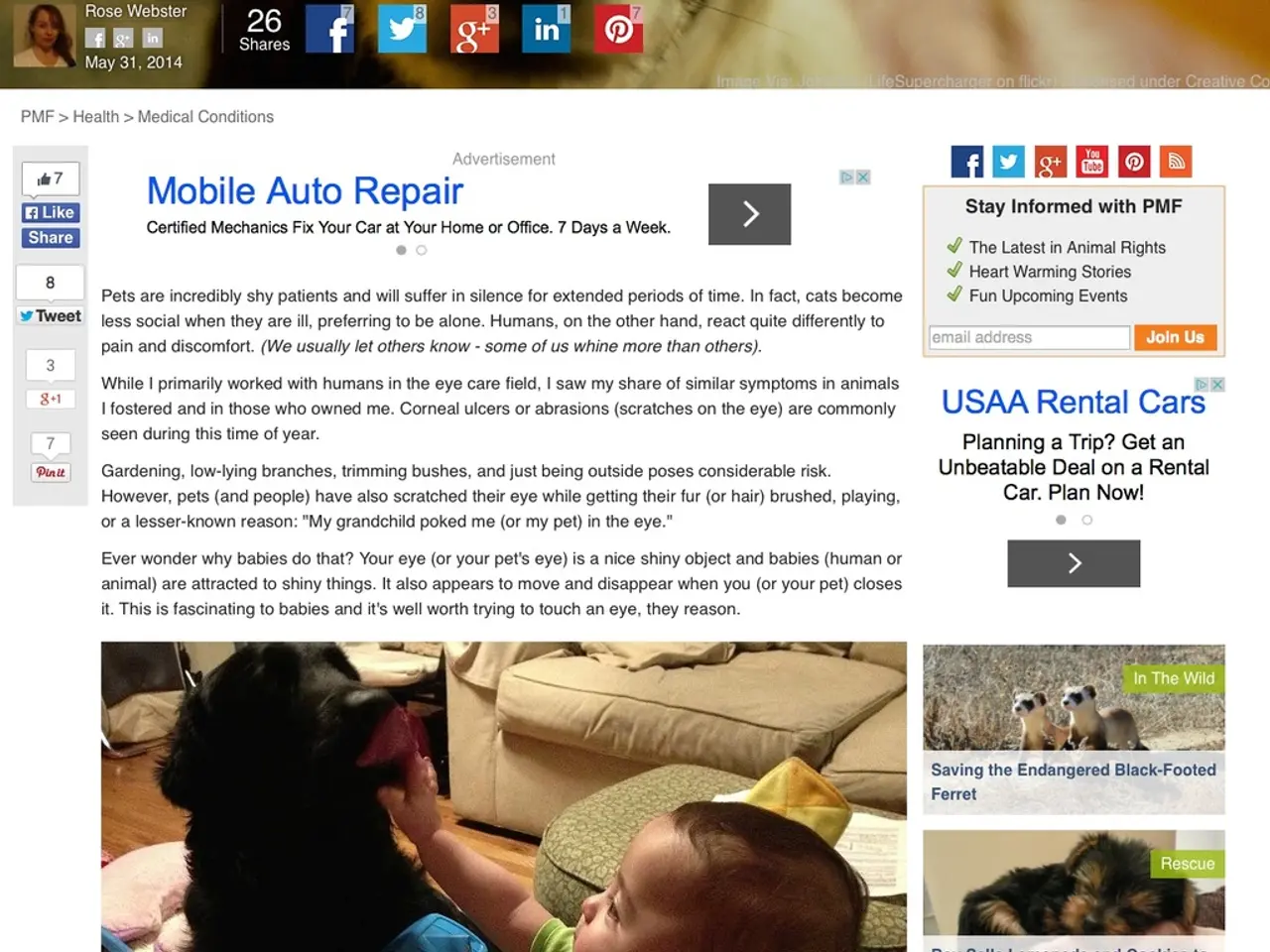Financial sectors aiming at Gen Z; Impact of COVID-19 on large banks; Introduction of novel credit-building products; and other related updates.
In the rapidly evolving world of finance, fintech companies are setting their sights on Gen Z, a generation leading the charge for early banking adoption in a purely digital age. This demographic, known for their high expectations and digital-native preferences, presents a unique set of challenges and opportunities for these innovative firms.
### Challenges
Gen Z's expectation for seamless, fast digital experiences is one such challenge. Having grown up with instant access to information and services, they demand banking and financial services to be quick, intuitive, and fully digital. Anything slower or more cumbersome risks losing their interest.
Another hurdle is Gen Z's distrust of traditional financial institutions. This cohort tends to trust algorithms and peer advice, such as TikTok creators, more than bankers or traditional advisors. Fintechs must build credibility in new ways, often through social proof and community-driven content rather than conventional branding.
Building credit history differently is another challenge. Traditional credit scores don't always reflect Gen Z's financial behaviors, with many relying on new credit mechanisms like Buy Now, Pay Later (BNPL) services. Fintechs must help bridge this gap by integrating BNPL and alternative credit data to better serve creditworthiness and lending decisions.
Complexity of acquiring trust at scale is another challenge. Gen Z is heavily influenced by trusted influencers and online communities, requiring fintechs to adopt more performance-driven, affiliate marketing models with creators and niche content producers to grow authentically.
### Opportunities
Despite these challenges, there are significant opportunities for fintech companies. With 87% of Gen Z using digital wallets and preferring contactless payments, fintechs can capitalise on this by offering innovative, convenient payment solutions that align with their lifestyle.
Gen Z accounts for 40% of consumers worldwide and has rapidly growing purchasing power, making them a critical demographic for growth. The introduction of credit scores incorporating BNPL behavior enables fintechs to offer credit to underserved Gen Z users, facilitating expanded credit access and fintech lending dominance.
AI and personalized financial tools present another opportunity. Nearly half of Gen Z consumers appreciate AI assistants for managing finances, presenting an opportunity for fintechs to offer personalized, AI-driven financial health tools that improve engagement and adoption.
Social and community-driven growth is another opportunity. Leveraging affiliate marketing and partnerships with trusted online creators allows fintech companies to build trust and acquire Gen Z customers effectively in a way that feels authentic and relevant.
In conclusion, fintech companies must innovate rapidly to meet Gen Z’s demand for instant, user-friendly digital services while establishing trust through decentralized, influencer-driven channels. Integrating new credit models like BNPL and deploying AI-powered financial tools creates a fertile ground for growth. This generation’s unique behaviours are simultaneously a challenge to traditional finance and a huge opportunity for agile fintech firms willing to rethink banking for a digital-first world.
Seema Amble and her team have been focused on helping consumers build credit through loan repayments. However, the challenge for these companies is whether they will be able to retain customers after a certain age, as an 18-year-old may not want the same bank account that helped them keep track of chores when they were younger. Chime and Apple have recently launched credit builder products, offering a potential solution to this challenge. Credit builder loans often offer a better path to helping consumers achieve financial progress.
Fintech companies can capitalize on Gen Z's preference for digital wallets and contactless payments by offering innovative, lifestyle-aligned payment solutions (opportunity). Seema Amble and her team face a challenge in retaining customers as they age, but companies like Chime and Apple have introduced credit builder products as a potential solution (challenge). Gen Z's distrust of traditional financial institutions necessitates fintechs to build credibility through non-conventional methods, such as social proof and community-driven content (challenge). The complexity of acquiring trust at scale can be addressed by adopting performance-driven, affiliate marketing models with trusted online creators (challenge). Fintechs can benefit from the rapid growth of Gen Z's purchasing power by expanding credit access and lending dominance by incorporating BNPL behavior into credit scores (opportunity). AI and personalized financial tools present an opportunity for fintechs to improve engagement and adoption among Gen Z consumers (opportunity).




